清 藏銀嵌綠松石嘎烏盒帶忿怒相護法擦擦 及 藏銀嵌綠松石方形嘎烏盒串珊瑚珠項鏈(共兩件) comprising: an ogee-shaped shrine, the cover decorated with scrolling vine ground and beaded borders, inlaid with turquoise beads, showing from the shaped cartouche, the window opening (tibetan sgo skyim) in the centre with a tsatsa of a wrathful deity; the other a rectangular amulet box, decorated with filigree inlaid with turquoise beads, with a coral-bead necklace (2) the shrine: 13cm x 11.5cm x 3cm; the necklace: 32cm long Provenance: Private English collection, Hertfordshire; may have been acquired by Theophilus Sampson (1831-1897), the current owner's great-great uncle, thence by descent. Theophilus Sampson spent 35 years in Canton working first in the Whampoa port as Constable to the British Vice Consulate and latterly as an English teacher at the Chinese Government School (Tung Wen Kwan). The two photos show Theophilus Sampson as a young man and older in Chinese dress. Note: Gau is an overall term for an amulet or a charm box. It is a receptacle or container of sacred relics or images worn by Buddhist devotees as a protecting amulet in daily religious and worldly life. In its most prominent torana (ogee) form, the gau also serves as a miniature shrine on pilgrimage or at home with a central window to reveal a particularly precious object, such as a small sculpture or relic. See Michael Henss. 2020. Buddhist Ritual Art of Tibet. Stuttgart: Arnoldsche, pp. 367-373.
清 藏銀嵌綠松石嘎烏盒帶忿怒相護法擦擦 及 藏銀嵌綠松石方形嘎烏盒串珊瑚珠項鏈(共兩件) comprising: an ogee-shaped shrine, the cover decorated with scrolling vine ground and beaded borders, inlaid with turquoise beads, showing from the shaped cartouche, the window opening (tibetan sgo skyim) in the centre with a tsatsa of a wrathful deity; the other a rectangular amulet box, decorated with filigree inlaid with turquoise beads, with a coral-bead necklace (2) the shrine: 13cm x 11.5cm x 3cm; the necklace: 32cm long Provenance: Private English collection, Hertfordshire; may have been acquired by Theophilus Sampson (1831-1897), the current owner's great-great uncle, thence by descent. Theophilus Sampson spent 35 years in Canton working first in the Whampoa port as Constable to the British Vice Consulate and latterly as an English teacher at the Chinese Government School (Tung Wen Kwan). The two photos show Theophilus Sampson as a young man and older in Chinese dress. Note: Gau is an overall term for an amulet or a charm box. It is a receptacle or container of sacred relics or images worn by Buddhist devotees as a protecting amulet in daily religious and worldly life. In its most prominent torana (ogee) form, the gau also serves as a miniature shrine on pilgrimage or at home with a central window to reveal a particularly precious object, such as a small sculpture or relic. See Michael Henss. 2020. Buddhist Ritual Art of Tibet. Stuttgart: Arnoldsche, pp. 367-373.




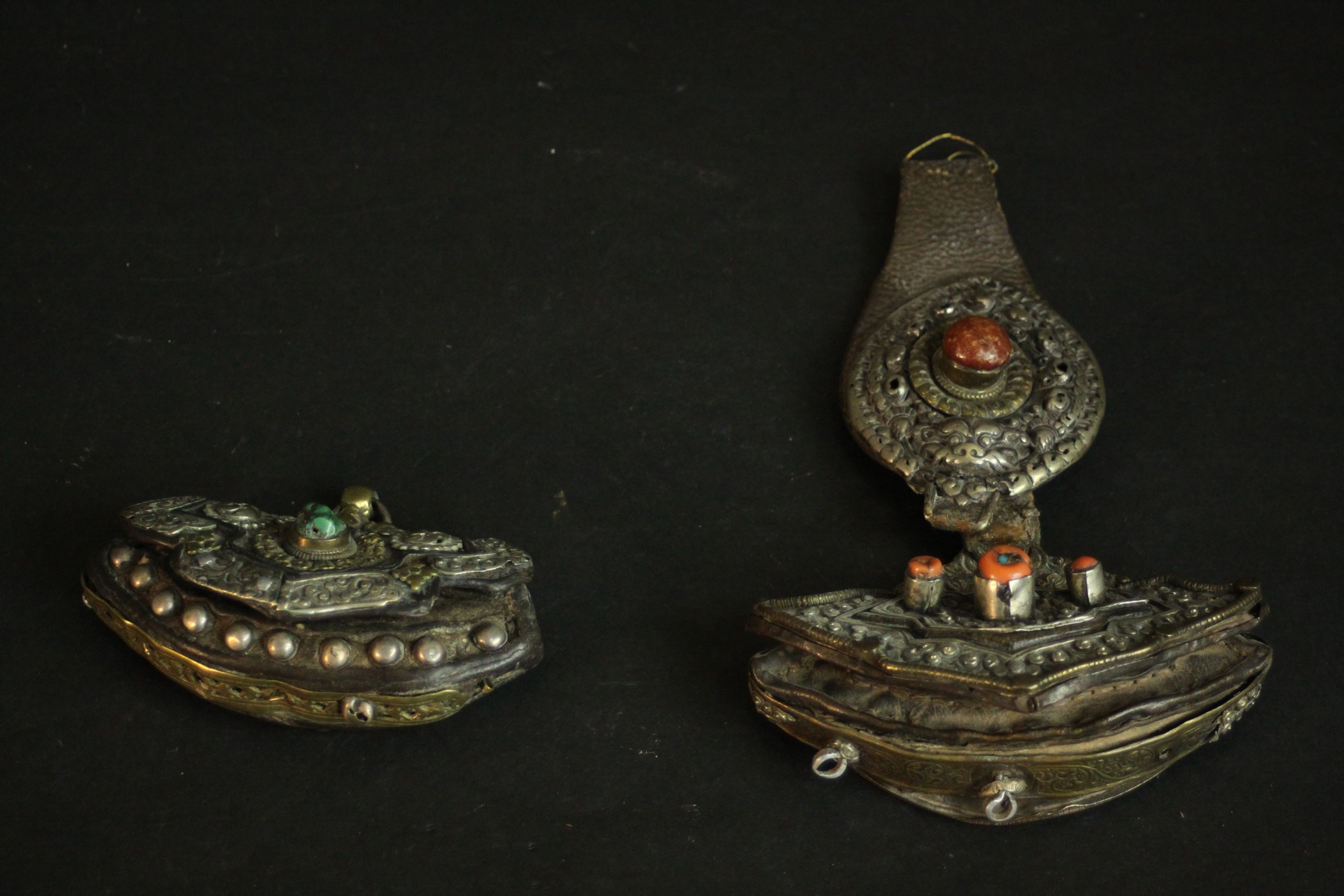
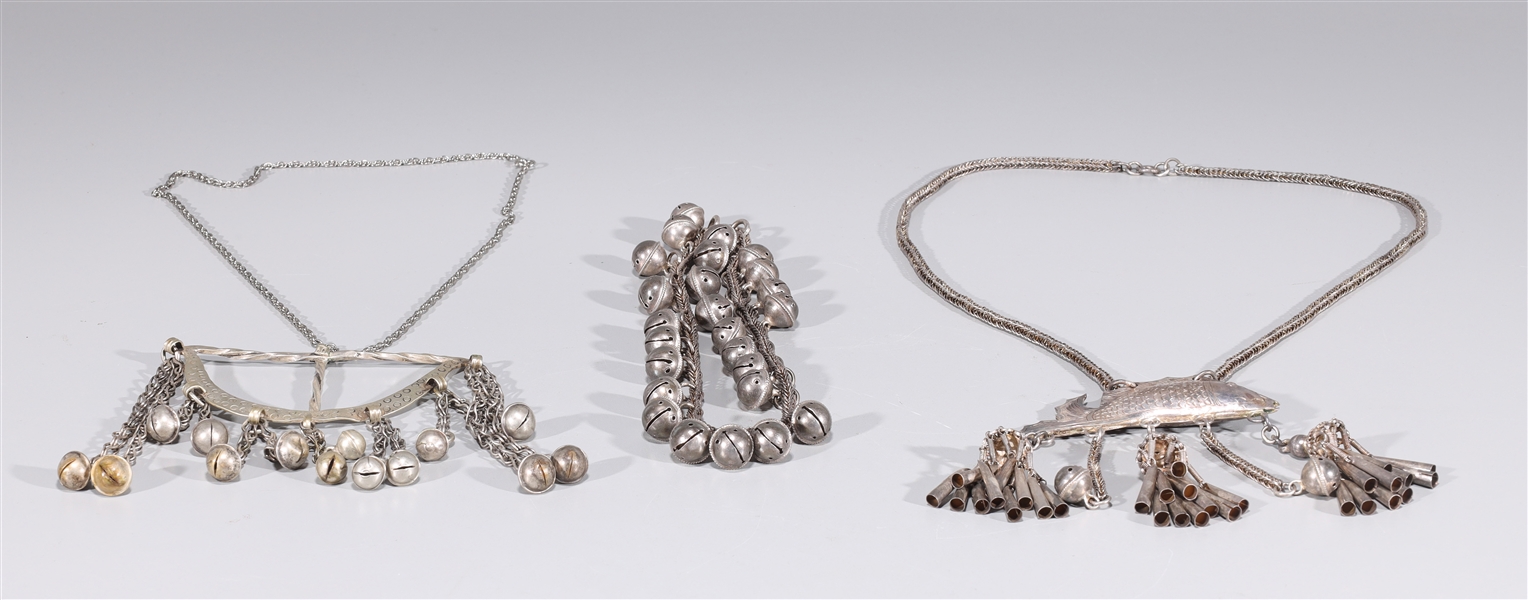
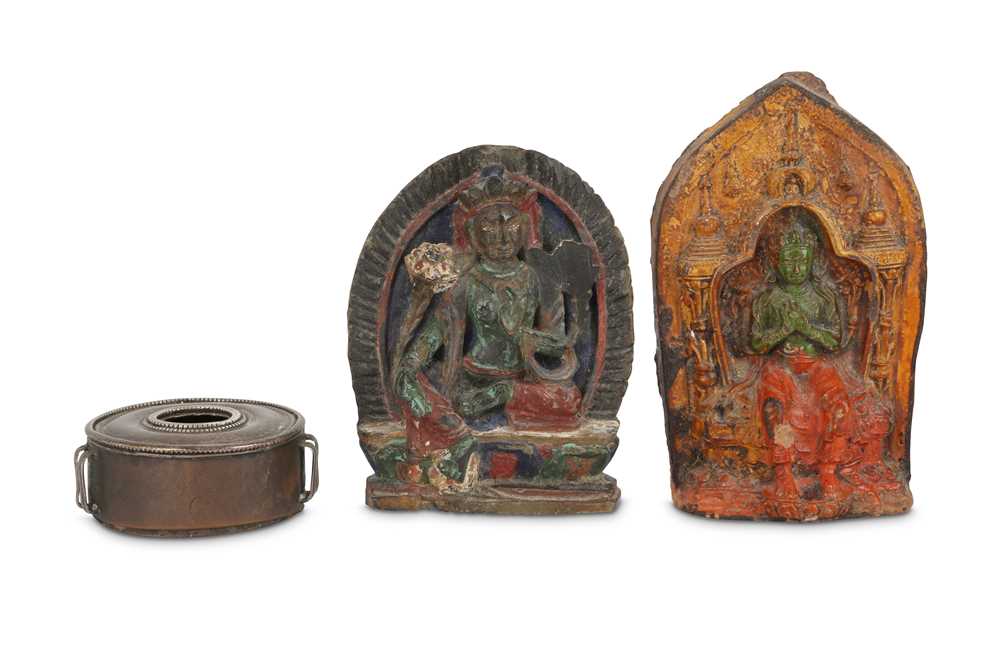




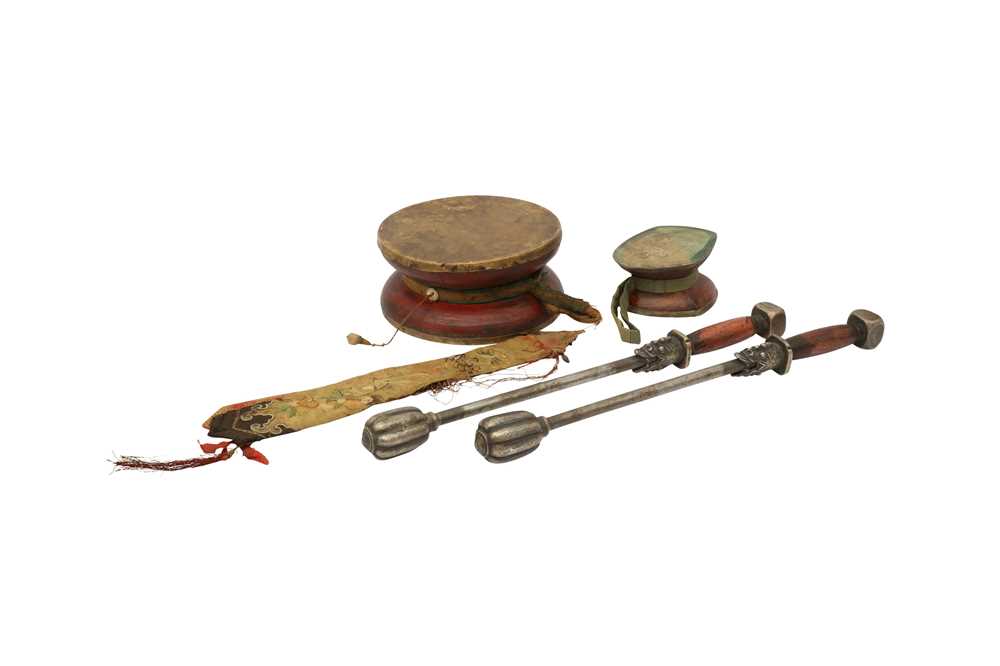

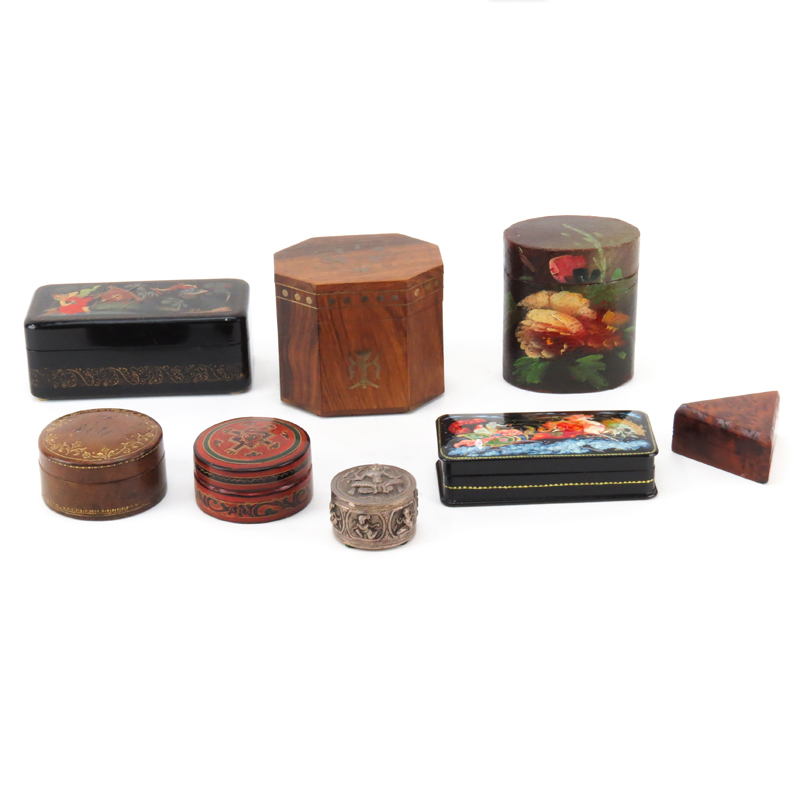

Try LotSearch and its premium features for 7 days - without any costs!
Be notified automatically about new items in upcoming auctions.
Create an alert